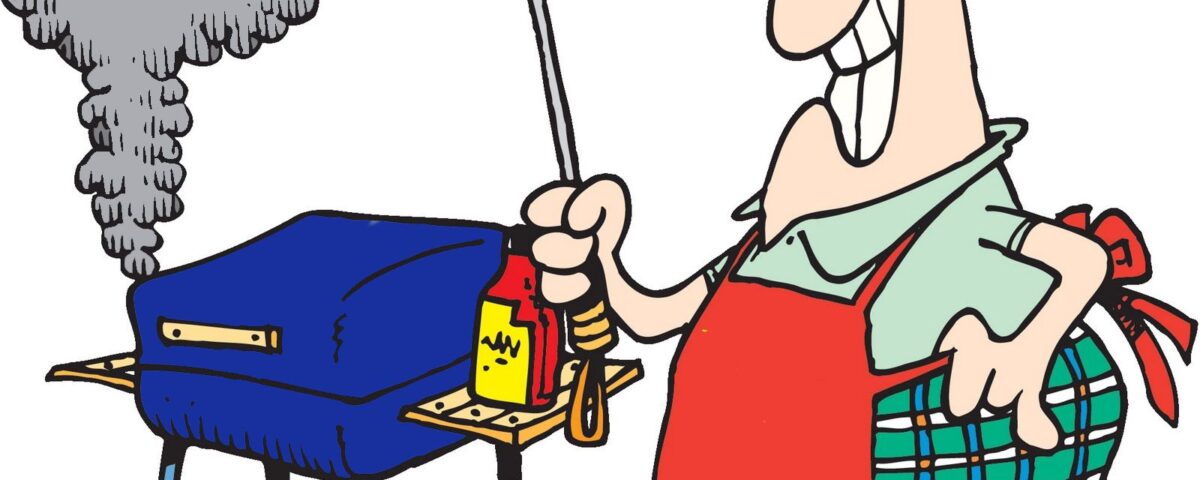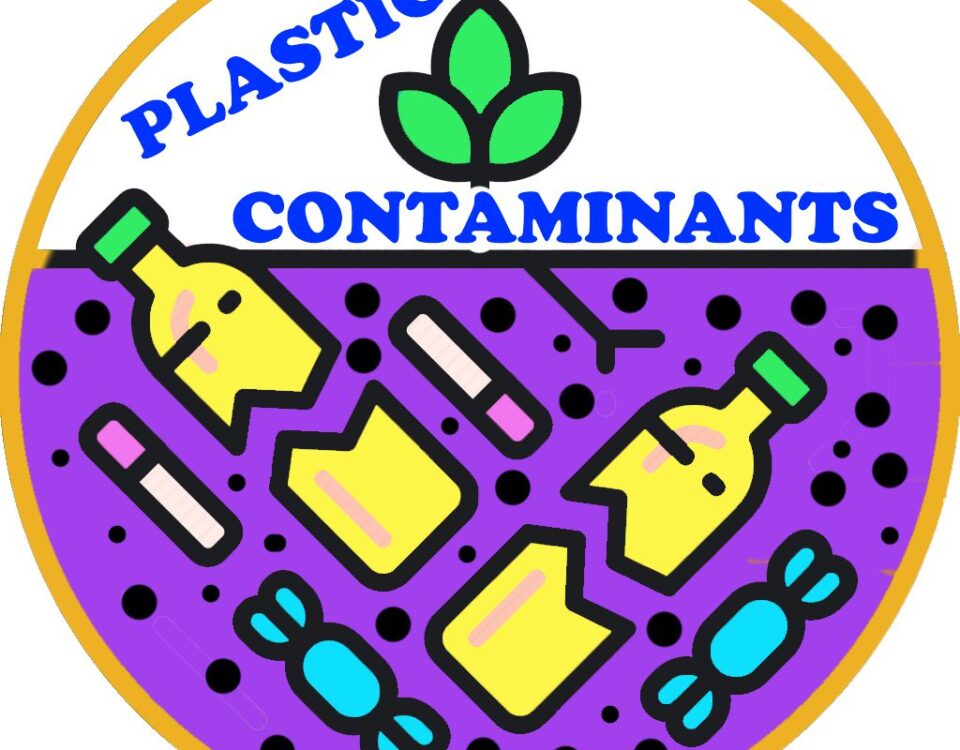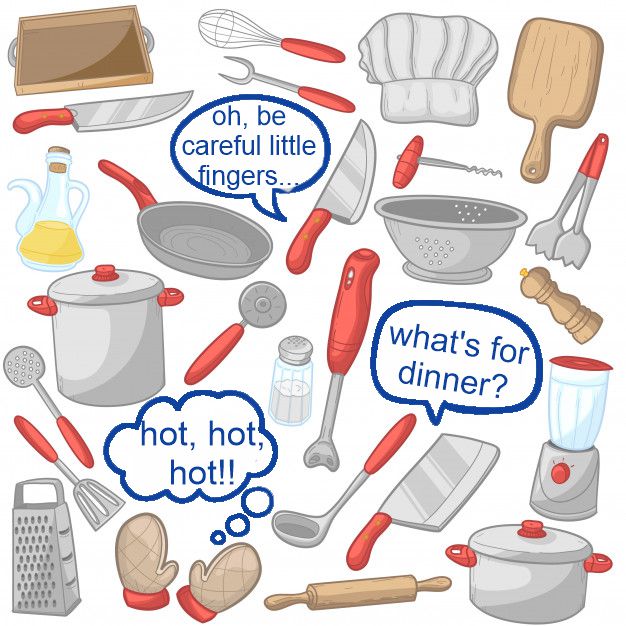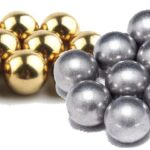
Should You Use Brass or Aluminum in Metal Detection
September 1, 2024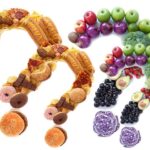
Here are Some Great Food Conversation Questions…
November 1, 2024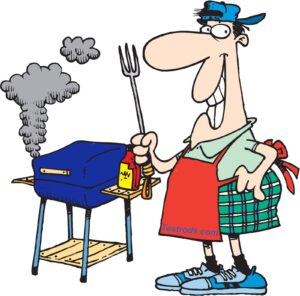 Stay Food Safe While Celebrating with Family and Friends
Stay Food Safe While Celebrating with Family and Friends
Everyone loves tasty food at a family and/or friends gathering, whether it’s in the middle of winter for Christmas or the middle of the summer for the 4th of July. In fact, Guy Fieri (American restaurateur, author, and an Emmy Award winning television presenter) once said, “Cooking is all about people. Food is maybe the only universal thing that really has the power to bring everyone together. No matter what culture, everywhere around the world, people get together to eat.”
But there are special considerations when it comes to those wonderful outdoor cookouts, and if you’re not careful in following the basics of food safety, the party just might be a catastrophe of food poisoning.
Cesar Chavez once said, “If you really want to make a friend, go to someone’s house and eat with him… the people who give you their food give you their heart.” So to stay food safe, let’s consider the people involved.
At a friends and family gathering, there can be a lot of hands in the mix. The more hands, the more possibility for contamination. The helping hands touching food all the way from preparation to the plate should carefully wash and sanitize to avoid the spread of bacteria that may lead to food poisoning. Arrange, wherever possible, to have running water at your outdoor meal for consistent hand washing. Where it’s not available, use hand sanitizers and paper towel generously, though they are not as thorough. It is advisable to use the sanitizer twice, once followed by dry paper towel and a second time followed by air drying.
When it comes to preparing food for the backyard gathering, extra care is required to keep things properly cooled. Just-cooked food needs to be cooled quickly enough to keep harmful bacteria from multiplying. After the cooked food has been appropriately cooled, being food safe means it should be kept in a shallow container for immediate refrigeration until it is ready to be placed out for consumption or packed for travel to its intended destination.
Fruit demands a bit of extra care as well. While removing the peels and rinds of fruit, such as tomatoes or melons, bacteria can be transported into the pulp of the fruit. Fruits and vegetables that are meant to be served in raw form should be cleaned before cutting. It should then be refrigerated in watertight containers or plastic film to chill before being placed in picnic coolers or out in the back yard.
“A table, a chair, a bowl of fruit and a violin; what else does a man need to be happy?” is what Albert Einstein is credited as saying.
With that in mind, it’s important to remember that once foods reach are put out for the hungry family and friends, being food safe means they shouldn’t be left out in warm temperatures too long. Even during transit (if needed), it is a good idea to put coolers in the passenger compartment of your car rather than the trunk. Temperatures in the trunk are generally higher, and even the best ice packs can defrost quickly. Once at the picnic site, put the cooler in the shade if possible and/or use a blanket over the top. Keep the cooler closed until it’s time to eat and between your happy guests’ use when the plate’s not too full to be a hazard. This will also help deter bugs and bees.
It may seem obvious, but cold foods should be kept chilled and hot foods should be kept heated. In other words, keep the food at the temperature you would like to eat it. This diminishes the chance of bacteria, and other pathogens, reproducing. Keep plenty of ice and frozen gel packs handy to keep those coolers and other insulated containers as close to refrigerator temperature as possible. For retaining hot foods, the USDA advises the use of heat-safe containers with boiling water. When the boiling water becomes tepid, empty it, and pour in the hot soup, chili, or stews. Keep a lid on the hot food as much as possible while working to avoid undue condensation.
To avoid cross-contamination, especially when prepping diverse types of meat, poultry or fish, keep plenty of plates on hand. No meat should be shared on the same plate before or after cooking. Throwaway plates and utensils are a good option in situations where dishes can’t be washed between prep and completion of cooking or handling. You will want to be as environmentally friendly as possible, and while regular dishes may seem clumsy at an outdoor gathering, they may also be the best option.
The USDA has three tips for cooking meat or poultry on the grill:
- P — Place the thermometer in the center of the meat or poultry.
- R — Read the Temperature and use the following guidelines:
- Beef, Pork, Lamb, and Veal (steaks, roasts, chops) and Fish: 1450F (630 C) with a 3-minute rest time.
- Ground meats: 1600F (710C)
- Whole poultry, whole and cut pieces of poultry, and ground poultry: 1650F (740C)
- O — Off the Grill
- Remove the food from the grill and place it on a clean plate and let it rest as needed. Don’t put cooked food on the same platter that held raw meat or poultry. Clean your thermometer probe with hot, soapy water or sanitizing wipes between uses.
There are “rules” for your leftovers, too.
- Two-hour rule: All perishable foods are to be refrigerated within two hours after serving.
- If you are outdoor temperature is 900F or higher, one hour is the recommended limit.
- After this, perishable food enters the Danger Zone — between 400F to 1400F — where bacteria can multiply quickly and cause the food to become unsafe.
- If food has been left out for more than two hours, discard it to prevent foodborne illness.
- Use small, shallow containers placed in the refrigerator or freezer for later use. This helps cool leftovers more quickly than larger containers.
- Freeze or consume within four days. When you know you won’t be eating those leftovers in that period, freeze them. Keep in mind that foods in the freezer for months may be dry, or not taste as good. Two to six months is a fairly good window for reheating those leftovers.
Finally, stay food safe, and with all these safety notes in mind, don’t forget to enjoy the time with friends and family. As Ina Garten put it, “Instead of going out to dinner, buy good food. Cooking at home shows such affection. (Even) In a bad economy, it’s more important to make yourself feel good.”
And remember that Regal Packaging Services is here to help keep the food you purchase in the marketplace safe to eat. Visit Testrods.com for more information about metal detection and x-ray inspection verification test pieces.
Some content taken from: https://www.foodsafetynews.com/2022/09/labor-day-food-safety-tips-to-avoid-food-poisoning-this-holiday/

